For more information, please contact the physics department news coordinator.

Professor Pablo Jarillo-Herrero, Katzenstein Distinguished Lecturer
The University of Connecticut, Department of Physics, is proud to announce the 27th Annual Katzenstein Distinguished Lecturer on Friday, January 30th , 2026 by Professor Pablo Jarillo-Herrero. Pablo Jarillo-Herrero is a Cecil and Ida Green Professor of Physics at the Massachusetts Institute of Technology and a member of the US National Academy of Sciences. He […]
[Read More]
In Memoriam: William C. Stwalley
We are saddened to share that William (Bill) Stwalley, professor emeritus and former head of the Department of Physics, passed away on Oct. 7, 2025, in Minneapolis, surrounded by his loving family. Bill joined the University of Connecticut in 1993 and led the department with distinction until 2011. He retired in 2016 as a Board […]
[Read More]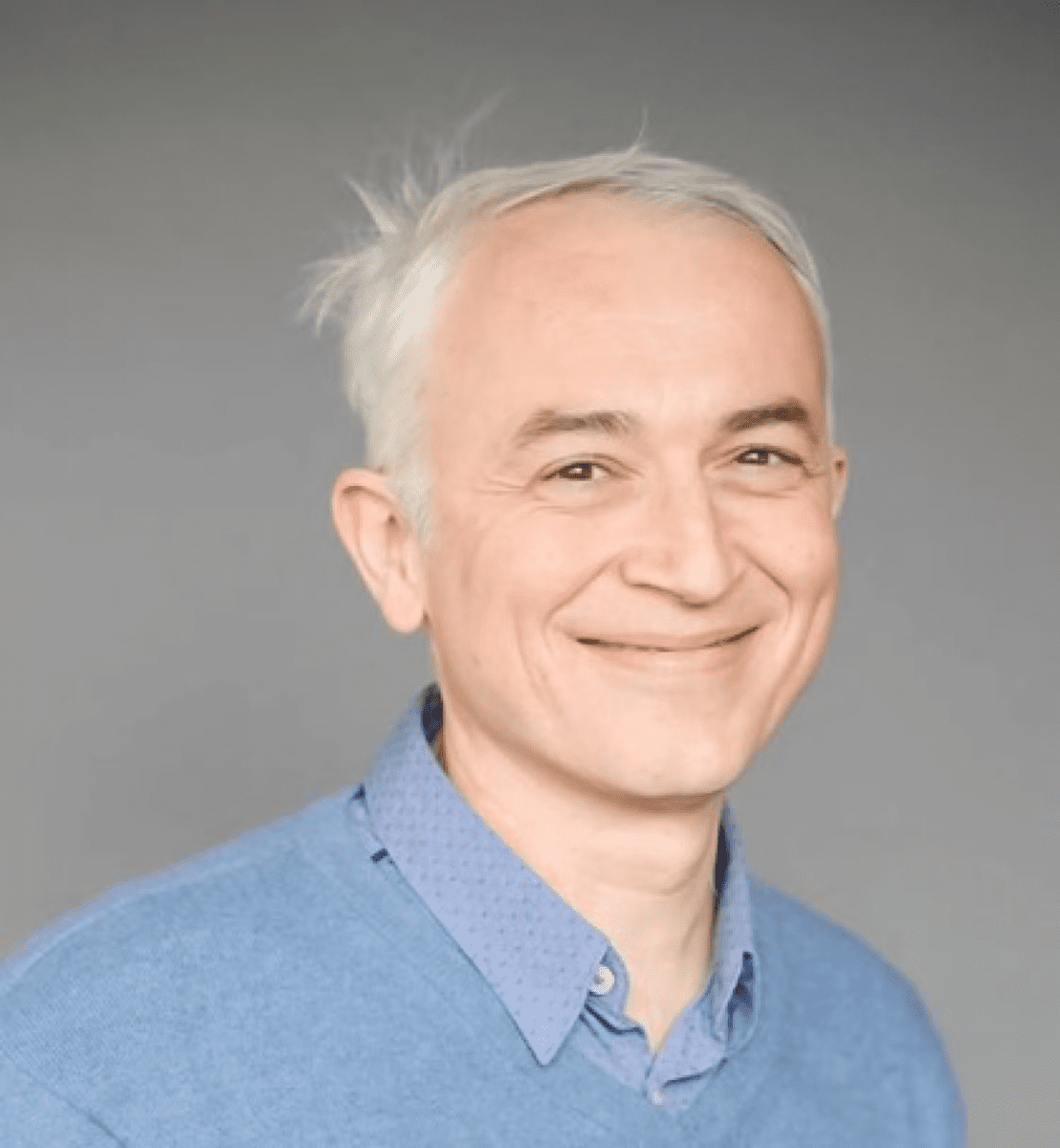
Professor Vladan Vuletić, Pollack Distinguished Lecturer
The University of Connecticut, Department of Physics is proud to announce Edward Pollack Distinguished Lecture will be on Friday, November 7th, 2025. The speaker is Prof. Vladan Vuletić, Department of Physics, MIT. The title of his lecture is “The Quantum Age: From Atomic Clocks to Quantum Computers” For the time and the location of the […]
[Read More]Annual UConn Queer Science Conference
Professor Menka Jain’s two PhD students, Jacob Pfund and Zachary Ritchey, assisted with planning and organizing the fourth annual UConn Queer Science Conference on June 8th 2025. With activities such as brain dissections, fly genetics demos, and pathobiology lab tours, the participating high school students learn about a cross-section of different scientific disciplines throughout the […]
[Read More]Physics Teaching Lab at UConn Stamford Campus Gets an Upgrade
This summer, thanks to $25,000 in funds from CLAS we have made some major improvements to the lab equipment and organization here in Stamford. Since well before I started as an adjunct professor at Stamford in 2018, the lab storage closet has been filled with a jumbled pile of outdated equipment. Much of the equipment […]
[Read More]Lab tours for women in Science, Math, and Engineering
Prof. Menka Jain and her group hosted ~35 WiMSE students from UConn Storrs arranged by the Women in Math, Science and Engineering Learning Community. The goal of such lab tours is to provide female undergraduate students with a first-hand knowledge at the dynamic and impactful work being conducted at UConn in STEM fields, helping to […]
[Read More]Professor Gai’s Five Months Fulbright Stint, Spring 2025
Professor Gai completed in May 2025, a five-month Fulbright stint in Bucharest Romania. During this visit he collaborated on research at the new EU world highest power (10 PW) laser lab, the Extreme Light Infrastructure Nuclear Physics (ELI-NP), in Magurele near Bucharest. He taught a graduate class at the ELI-NP on “Physical Concepts of Stellar […]
[Read More]2024-2025 Physics PhDs
James Andrew Casey-Clyde Advisor: Chiara Mingarelli Thesis: “Multi-Messenger Constraints on Supermassive Black Hole Binaries” Provakar Datta Advisor: Andrew Puckett Thesis: “Precision Measurements of the Neutron Magnetic Form Factor to High Momentum Transfer using Durand’s Method” Megan Davis Advisor: Jonathan Trump Thesis: “Timing is Everything: Single and Binary Quasars in Massive Time-Domain Surveys” Logan Fries Advisor: […]
[Read More]UConn Honorary Degree Awarded to Alumnus, Manasse Mbonye, PhD 1996
Manasse Mbonye (UConn Physics PhD 1996, Advisor: Ron Mallett) was awarded an Honorary Doctor of Science degree, and was the Commencement Speaker at the UConn Commencement ceremony in Gampel Pavilion on May 12, 2025. Manasse has had a remarkable career in physics, politics and scientific administration since completing his PhD in Physics at UConn in […]
[Read More]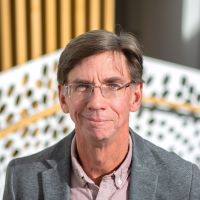
Department Head greeting
Dear Friends of UConn Physics, While I look forward to sharing the news and accomplishments of the Physics Department over the past year, I can’t help but say that one word keeps coming to mind: turbulent. There is no getting around the fact that at the university, state, and federal levels, things have been changing […]
[Read More]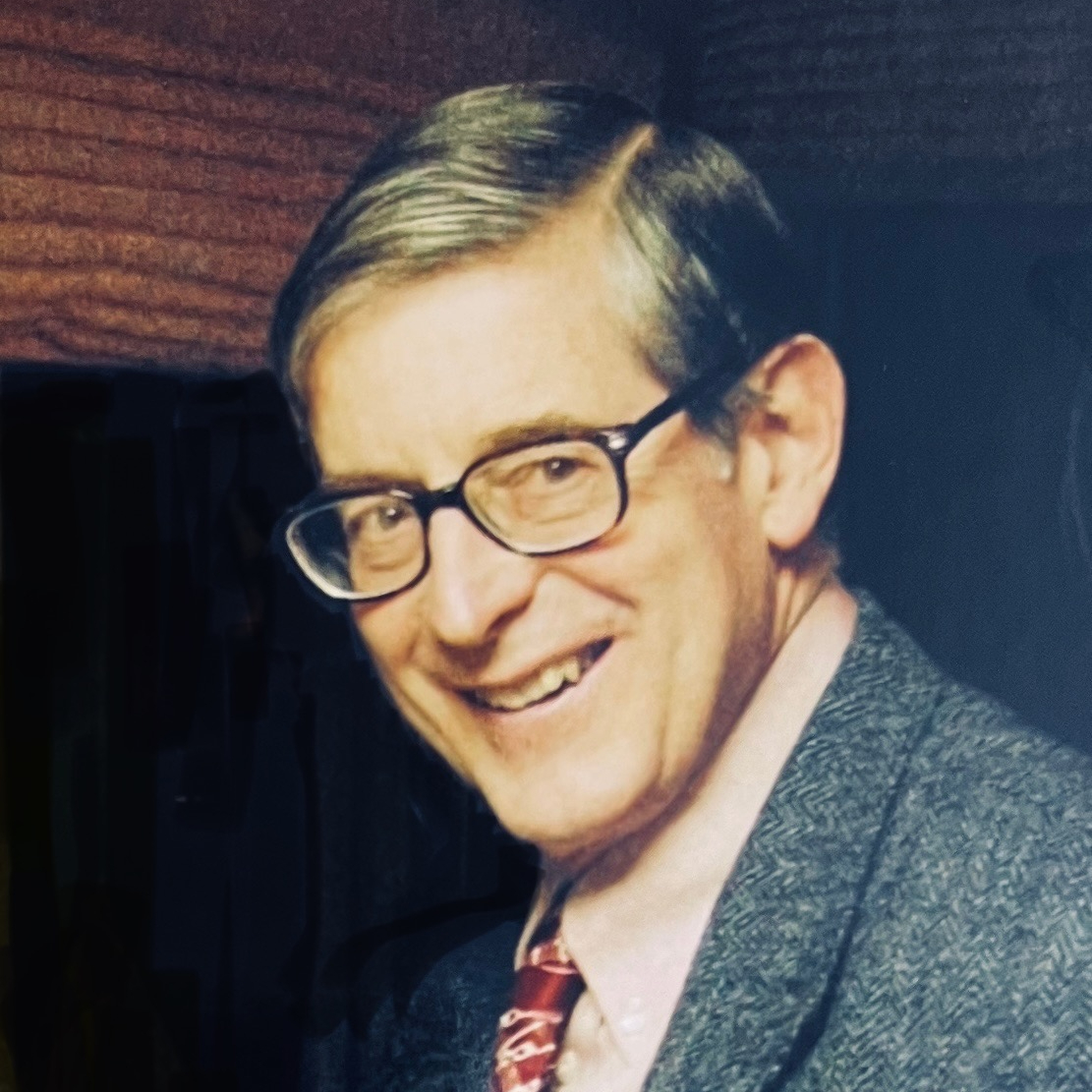
In Memoriam: Professor Winthrop Smith, 1936-2025
Sadly, Prof. Emeritus Winthrop W. Smith passed away in Peabody, MA on April 7, 2025, with his devoted daughter Sarah by his side. After growing up in New Jersey, Win received his undergraduate and graduate degrees in physics from Amherst and MIT, respectively, and then undertook postdoctoral work at the Joint Institute of Laboratory Astrophysics […]
[Read More]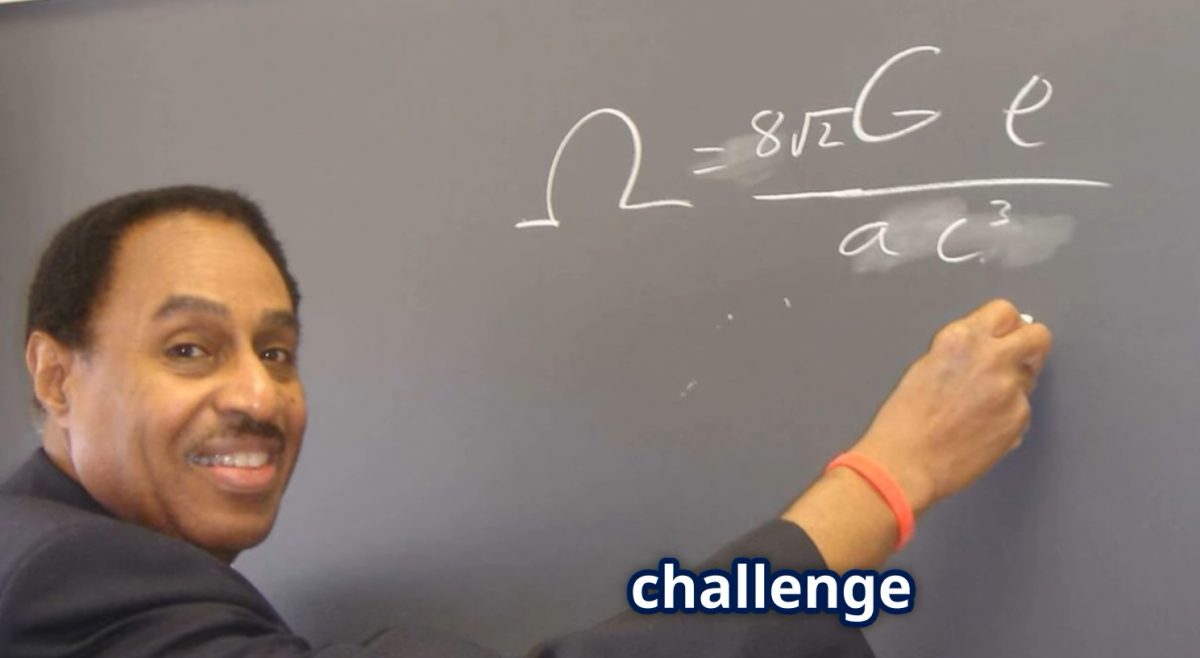
An article in Earth.com describes the research and the life story of Prof. Mallett
“…More than a scientific pursuit, Mallett’s story testifies to human resilience, intellectual courage, and hope’s enduring power. Whether his theoretical time machine ever materializes, his legacy is immeasurable—inspiring countless individuals to challenge conventional limits and perceive time not as an unyielding barrier, but as a boundless frontier awaiting exploration.”
[Read More]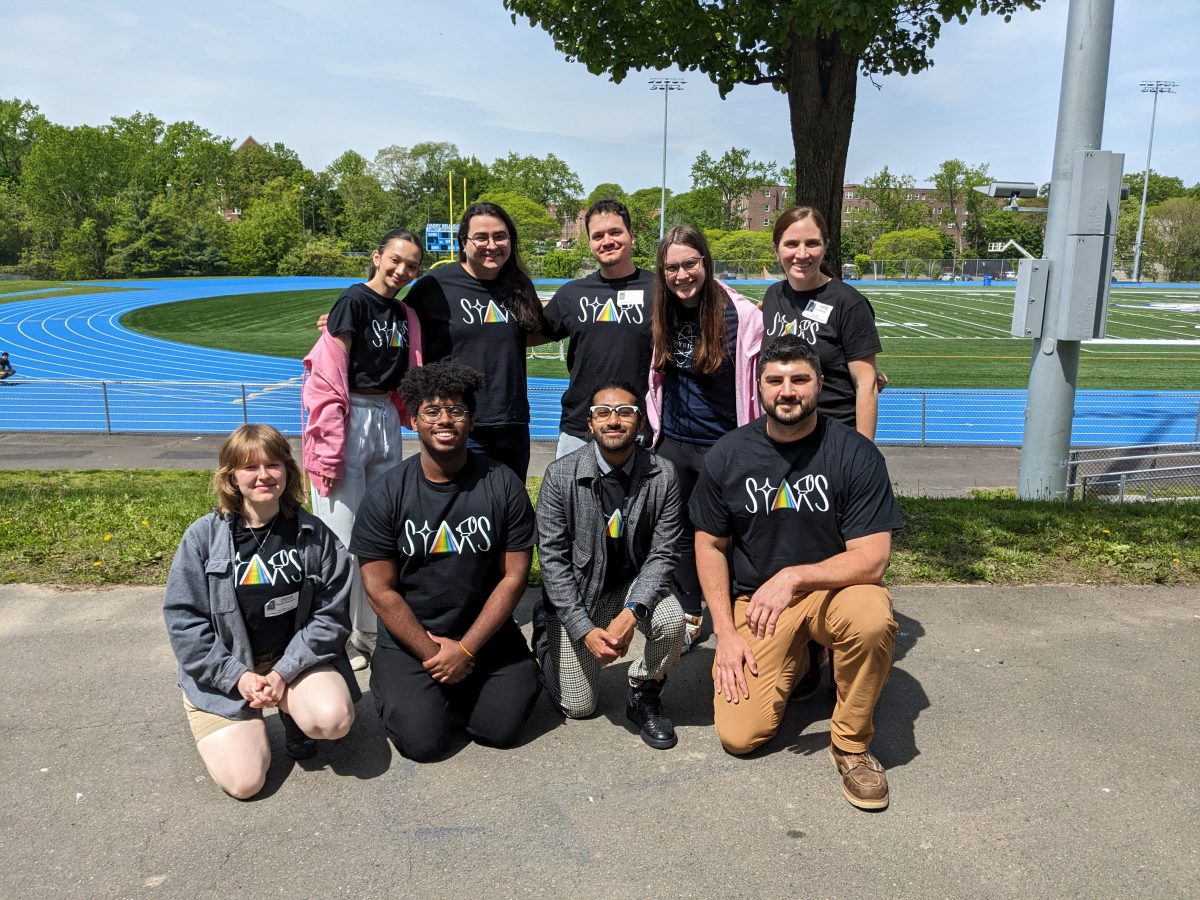
UConn STARs Visits Hartford Public High School in May 2025
The UConn STARs program had its annual outreach event at Hartford Public High School (HPHS) during the week of May 12-16, 2025. We taught four specially-crafted lesson plans to eight classrooms of students and hosted two lunchtime solar telescope observing sessions. The outreach event was a huge success. We estimate that we reached about 170 […]
[Read More]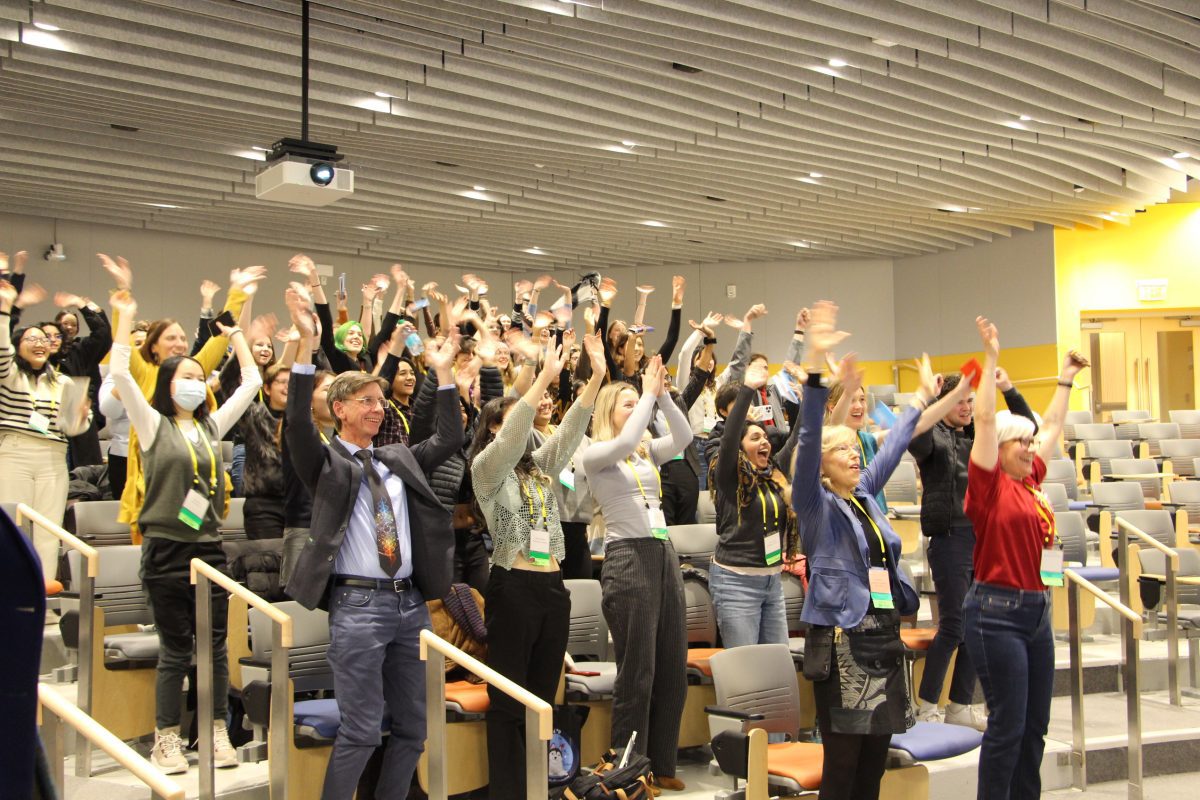
UConn Physics Department hosted the 2025 conference for Undergraduate Women and Gender Minorities in Physics
The Physics Department hosted the 2025 American Physical Society Conference for Undergraduate Women and Gender Minorities in Physics in January 24-26. This was achieved with the support of the College of Liberal Arts and Science, the Provost’s Office, and the Office of Sponsored Programs, the College of Engineering, the Institute of Material Sciences, the APS […]
[Read More]
UConn Students featured by Press Releases at the American Astronomical Society
Two UConn students presented press releases at the 245th meeting of the American Astronomical Society, held in Washington, DC on January 12-16, 2025. UConn undergraduate Danya Alboslani presented a new method to map the 3D structures of star-forming clouds using X-ray light echoes. This press release resulted from a paper submitted to the Astrophysical Journal […]
[Read More]Alumni Highlights
Written by Nora Berrah: Debadarshini (Jolly) Mishra successfully defended her PhD thesis in May 2024 in Atomic, Molecular and Optical Physics. Jolly gave several presentations at national and international conferences and is the co-author of 8 publications. She is now a postdoc at Lawrence Berkeley National Lab and was hired before her thesis defense to […]
[Read More]2024 Physics PhDs Awarded
Bren Backhaus Advisor: Jonathan Trump Thesis: “Emission-Line Properties of High-Redshift Galaxies and their Black Holes” Dharma Basaula Advisor: Serge Nakhmanson Thesis: “Mesoscale Modeling of Thermoelectric Materials” Mitchell Bredice Advisor: Vasili Kharchenko Thesis: “Kinetics, Nucleation, and Relaxation Dynamics of Ion-Seeded Nanoparticles” Michael Davino Advisor: Carlos Trallero Thesis: “Strong-field Physics from Atoms to Nanoparticles” Ashok Gurung Advisor: […]
[Read More]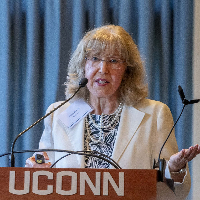
UConn Celebrates National Academies Members
On August 27, 2024, scholars, trustees, and friends of UConn gathered at the University of Connecticut School of Law to honor members of the university community elected to the National Academies of Sciences, Engineering, and Medicine. Established by an Act of Congress in 1863, the National Academy of Sciences was followed by the National Academy […]
[Read More]
Department Head greeting
Dear Friends of UConn Physics, Last year, I wrote to you as a new Interim Head of Physics and only barely a month into my appointment. During the past year, we conducted a search for a permanent head and I was selected. For this, I am very grateful for the trust and support I received […]
[Read More]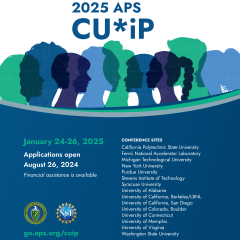
UConn Physics Department Hosting January 2025 CU*iP.
Every year, the American Physical Society (APS) sponsors CU*IP – Conference for Undergraduate Women and Gender Minorities in Physics – at several locations around the country. This year, led by Prof. Nora Berrah, UConn Physics applied to host this national conference in Storrs and our proposal was accepted for January 24-26, 2025! The purpose of […]
[Read More]